Home>Furniture & Design>Interior Design Trends>What Is A Lowball Glass
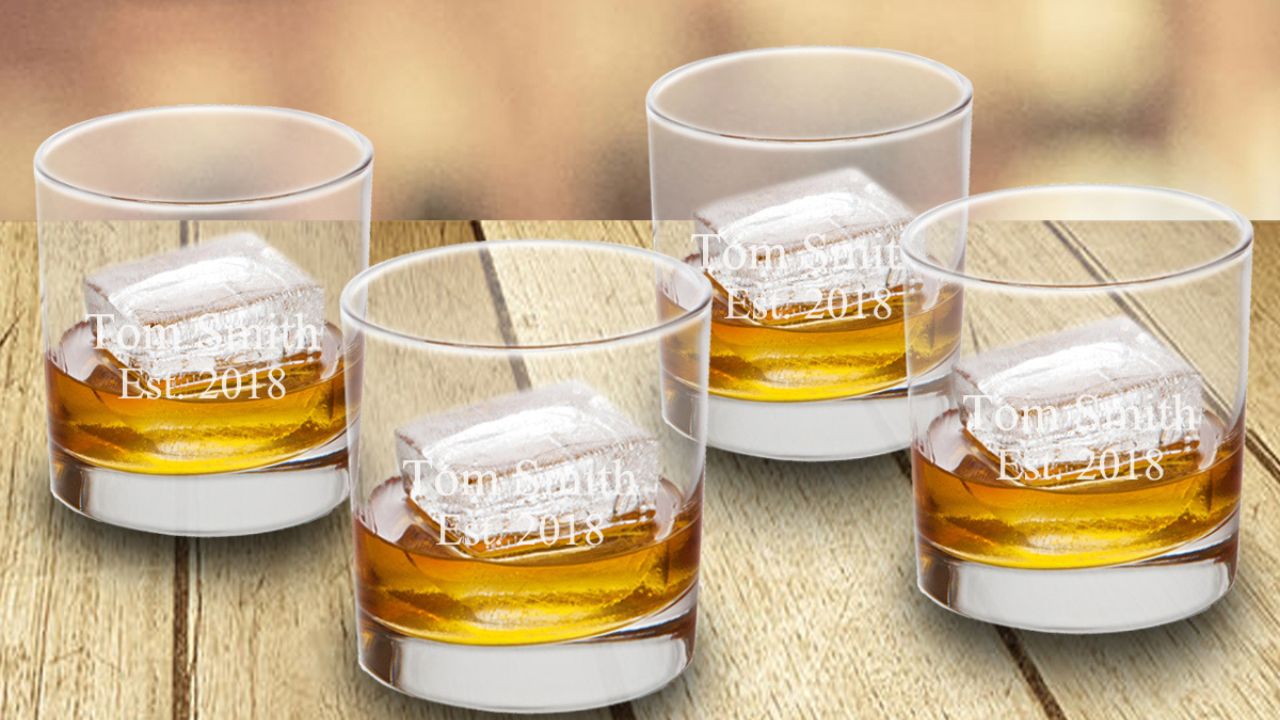

Interior Design Trends
What Is A Lowball Glass
Modified: April 22, 2024
Discover the latest interior design trends for lowball glasses and elevate your home bar with style and sophistication. Explore the perfect blend of functionality and aesthetics.
(Many of the links in this article redirect to a specific reviewed product. Your purchase of these products through affiliate links helps to generate commission for Storables.com, at no extra cost. Learn more)
Introduction
The lowball glass, also known as a rocks glass or an old fashioned glass, is a versatile and timeless vessel that has made its mark in the world of drinkware. Its simple yet elegant design has made it a staple in bars, restaurants, and home kitchens around the globe. This iconic glassware is a fundamental component of the drinking experience, offering both functionality and aesthetic appeal.
The lowball glass is a short, sturdy tumbler with a wide rim and a thick base, making it well-suited for serving a variety of beverages. Its compact size allows for easy handling and comfortable sipping, making it a popular choice for enjoying spirits, cocktails, and other mixed drinks. With its classic appearance and practical design, the lowball glass has become synonymous with sophistication and style in the realm of beverage consumption.
This article will delve into the origins, uses, and variations of the lowball glass, shedding light on its enduring appeal and cultural significance. From its humble beginnings to its modern-day adaptations, the lowball glass has remained a beloved vessel for enjoying a wide array of libations. Let's embark on a journey to explore the rich history and diverse applications of this iconic glassware, uncovering the nuances that have contributed to its enduring popularity.
Key Takeaways:
- The lowball glass, also known as a rocks glass or old fashioned glass, is a versatile and timeless vessel used for enjoying spirits, cocktails, and non-alcoholic beverages with sophistication and style.
- With its wide rim and sturdy base, the lowball glass is perfect for savoring spirits neat or on the rocks, crafting classic cocktails, and adding a touch of elegance to home entertaining. Its variations offer personalized and artistic options for enhancing the drinking experience.
Read more: What Is Float Glass
Definition of a Lowball Glass
A lowball glass, also referred to as a rocks glass or an old fashioned glass, is a short, sturdy tumbler characterized by its low profile, wide rim, and thick base. Typically holding between 6 to 10 ounces of liquid, this compact glassware is designed to accommodate a variety of beverages, making it a versatile and essential component of any bar or kitchen. The lowball glass is renowned for its durability and practicality, as well as its ability to enhance the sensory experience of enjoying a wide range of libations.
The defining features of a lowball glass contribute to its functionality and aesthetic appeal. The wide rim allows for easy sipping and aroma appreciation, while the substantial base provides stability and balance when placed on surfaces. This design is particularly well-suited for serving spirits, such as whiskey or bourbon, as it allows the drinker to fully appreciate the aroma and flavor profile of the beverage. Additionally, the compact size of the lowball glass makes it ideal for serving cocktails, mixed drinks, and even non-alcoholic beverages, catering to a diverse array of preferences and occasions.
The lowball glass is a quintessential vessel for enjoying classic cocktails like the Old Fashioned and the Negroni, as well as for savoring spirits neat or on the rocks. Its timeless design and practicality have cemented its status as an indispensable piece of drinkware, transcending trends and enduring through generations. Whether used in professional bar settings or for casual home entertaining, the lowball glass embodies a perfect balance of form and function, elevating the drinking experience and adding a touch of sophistication to any occasion.
In summary, the lowball glass stands as a symbol of versatility, durability, and timeless elegance, making it an indispensable element of the drinking culture. Its distinct characteristics and adaptability have solidified its position as a beloved and essential piece of glassware, catering to the diverse preferences of beverage enthusiasts worldwide.
History of Lowball Glass
The history of the lowball glass is a fascinating journey that intertwines with the evolution of drinking culture and the art of glassware craftsmanship. The origins of this iconic vessel can be traced back to the early 20th century, where its humble beginnings lay the foundation for its enduring legacy.
The lowball glass, also known as a rocks glass or an old fashioned glass, emerged during a time when the demand for practical and stylish drinkware was on the rise. Its compact size and sturdy construction made it an ideal choice for serving spirits and cocktails, catering to the preferences of discerning drinkers. The design of the lowball glass was a response to the need for a versatile vessel that could accommodate a variety of beverages while exuding a sense of timeless elegance.
As the cocktail culture flourished in the mid-20th century, the lowball glass became synonymous with classic libations such as the Old Fashioned, the Negroni, and the Whiskey Sour. Its association with these iconic drinks elevated its status and solidified its place in the realm of mixology. Bartenders and enthusiasts alike recognized the lowball glass as an essential tool for crafting and enjoying a wide array of cocktails, further cementing its significance in the world of beverage consumption.
The enduring appeal of the lowball glass transcended generations, maintaining its relevance in an ever-changing landscape of drinkware trends. Its timeless design and practicality have ensured its continuous presence in bars, restaurants, and homes, serving as a steadfast companion for those seeking to savor their favorite libations.
In modern times, the lowball glass continues to be celebrated for its versatility and enduring charm. Its rich history and cultural significance have contributed to its status as a beloved and iconic piece of glassware, embodying the essence of sophistication and functionality. As the legacy of the lowball glass persists, it remains a testament to the enduring allure of classic design and the art of enjoying a well-crafted beverage.
The evolution of the lowball glass mirrors the evolution of drinking culture itself, reflecting the timeless appeal of a vessel that has stood the test of time and remained an indispensable element of the drinking experience.
Common Uses of Lowball Glass
The lowball glass, with its versatile design and timeless appeal, finds a multitude of common uses that have solidified its status as an indispensable piece of drinkware. Its compact size and sturdy construction make it well-suited for serving a wide array of beverages, catering to the diverse preferences of drink enthusiasts. Let's explore the common uses of the lowball glass, shedding light on its practical applications and enduring popularity.
1. Enjoying Spirits Neat or on the Rocks
The lowball glass is a preferred vessel for savoring spirits such as whiskey, bourbon, and scotch. Its wide rim allows for the appreciation of the spirit's aroma, while the substantial base provides stability when adding ice. Whether enjoyed neat or on the rocks, the lowball glass enhances the sensory experience, allowing the drinker to savor the nuanced flavors and aromas of the spirit.
Read more: What Is A Glass Cutter
2. Crafting Classic Cocktails
The lowball glass serves as the quintessential vessel for crafting and serving classic cocktails, including the Old Fashioned, the Negroni, and the Whiskey Sour. Its compact size and wide rim make it ideal for muddling ingredients, adding ice, and showcasing the vibrant colors and textures of the cocktails. The lowball glass adds a touch of sophistication to the presentation of these timeless libations, elevating the overall drinking experience.
3. Versatile Mixology
In addition to classic cocktails, the lowball glass is a versatile tool for mixologists and home bartenders alike. Its practical design accommodates a wide range of mixed drinks, from simple highballs to complex concoctions. The lowball glass's adaptability makes it a go-to choice for serving a variety of libations, allowing for creativity and experimentation in the realm of mixology.
4. Non-Alcoholic Beverages
Beyond alcoholic drinks, the lowball glass is also used for serving non-alcoholic beverages such as iced tea, lemonade, and soda. Its compact size and wide rim make it an ideal vessel for enjoying refreshing non-alcoholic drinks, adding a touch of elegance to everyday beverages.
5. Home Entertaining
The lowball glass is a staple in home entertaining, catering to a wide range of occasions and preferences. Whether hosting a casual gathering or a formal event, the lowball glass's versatility and timeless charm make it a perfect choice for serving a variety of beverages, enhancing the overall aesthetic and enjoyment of the drinking experience.
In summary, the lowball glass's common uses encompass a broad spectrum of beverage enjoyment, from savoring spirits to crafting cocktails and serving non-alcoholic drinks. Its practicality, versatility, and enduring appeal have solidified its position as a beloved and essential piece of drinkware, enriching the drinking experience for enthusiasts worldwide.
Read more: What Is Glass Fusing
Variations of Lowball Glass
The lowball glass, renowned for its timeless design and versatility, has inspired a range of variations that cater to diverse preferences and aesthetic sensibilities. These variations, while retaining the fundamental characteristics of the classic lowball glass, introduce nuanced elements that add depth and dimension to the drinking experience. From subtle design modifications to innovative reinterpretations, the variations of the lowball glass showcase the enduring creativity and adaptability of this iconic vessel.
1. Etched Lowball Glasses
Etched lowball glasses feature intricate designs and patterns that are delicately etched onto the surface of the glass. These designs may range from geometric motifs to nature-inspired imagery, adding a touch of artistry and sophistication to the classic lowball glass. The tactile and visual appeal of etched lowball glasses elevates the drinking experience, making them a popular choice for those seeking a blend of elegance and individuality.
2. Colored Lowball Glasses
Colored lowball glasses introduce a vibrant and contemporary twist to the traditional clear glass design. Available in an array of hues, from deep jewel tones to subtle pastels, these glasses offer a visually striking presentation that complements a variety of beverages. The infusion of color adds a modern flair to the timeless silhouette of the lowball glass, making it a standout choice for both formal and casual settings.
3. Double-Walled Lowball Glasses
Double-walled lowball glasses feature a unique construction that incorporates two layers of glass, creating a visually captivating and functional design. The double-walled structure provides insulation, keeping cold drinks chilled and hot beverages warm while preventing condensation on the outer surface. This innovative variation enhances the tactile experience of holding and sipping from the glass, adding a layer of practicality to its aesthetic appeal.
Read more: What Is A Highball Glass
4. Personalized Lowball Glasses
Personalized lowball glasses offer a bespoke touch, allowing individuals to customize the glassware with monograms, names, or meaningful messages. Whether used for personal enjoyment or as thoughtful gifts, personalized lowball glasses add a sense of individuality and sentiment to the drinking experience. This variation celebrates the unique stories and connections associated with the act of raising a glass in celebration or reflection.
5. Textured Lowball Glasses
Textured lowball glasses feature tactile elements such as ribbed patterns, faceted surfaces, or raised textures that enhance grip and visual interest. The interplay of light and shadow on the textured surfaces adds a dynamic dimension to the lowball glass, creating an engaging and sensory-rich drinking experience. These glasses are favored for their tactile appeal and ability to elevate the presentation of beverages.
In summary, the variations of the lowball glass exemplify the enduring allure and adaptability of this iconic vessel. From artistic embellishments to functional innovations, these variations offer a diverse tapestry of options for individuals seeking to elevate their drinking rituals with a touch of personal style and sophistication. Whether cherished for their visual appeal, practical benefits, or sentimental value, the variations of the lowball glass continue to enrich the drinking experience, honoring tradition while embracing creativity and individual expression.
Conclusion
In conclusion, the lowball glass stands as a timeless symbol of versatility, elegance, and practicality in the realm of drinkware. From its humble origins to its modern-day variations, this iconic vessel has transcended generations, maintaining its relevance and enduring appeal. The rich history of the lowball glass intertwines with the evolution of drinking culture, reflecting the artistry of glassware craftsmanship and the enduring allure of classic design.
The lowball glass, with its wide rim and sturdy base, has become synonymous with the enjoyment of spirits, classic cocktails, and a myriad of beverages. Its common uses encompass a broad spectrum of drinking rituals, from savoring fine spirits to crafting and serving cocktails with finesse. Whether used in professional bar settings or for casual home entertaining, the lowball glass adds a touch of sophistication and style to the drinking experience, enriching moments of conviviality and reflection.
Furthermore, the variations of the lowball glass offer a testament to its adaptability and enduring creativity. From etched designs to personalized touches, these variations cater to diverse preferences and add depth to the drinking experience. The infusion of color, texture, and innovation breathes new life into the classic silhouette of the lowball glass, offering a tapestry of options for individuals seeking to elevate their drinking rituals with a touch of personal style and flair.
As we raise our glasses to celebrate milestones, share moments of camaraderie, or simply unwind after a long day, the lowball glass remains a steadfast companion, embodying the essence of timeless elegance and functionality. Its enduring legacy is a testament to the enduring allure of classic design and the art of savoring a well-crafted beverage.
In essence, the lowball glass transcends its role as a vessel for libations; it becomes a conduit for shared experiences, cherished traditions, and the appreciation of life's simple pleasures. Its enduring presence in the world of drinkware serves as a reminder of the timeless appeal of craftsmanship, the art of conviviality, and the enduring legacy of a vessel that has stood the test of time.
In the tapestry of glassware, the lowball glass shines as a timeless thread, weaving together the stories, traditions, and moments of joy that accompany the act of raising a glass in celebration, reflection, and gratitude.
Frequently Asked Questions about What Is A Lowball Glass
Was this page helpful?
At Storables.com, we guarantee accurate and reliable information. Our content, validated by Expert Board Contributors, is crafted following stringent Editorial Policies. We're committed to providing you with well-researched, expert-backed insights for all your informational needs.
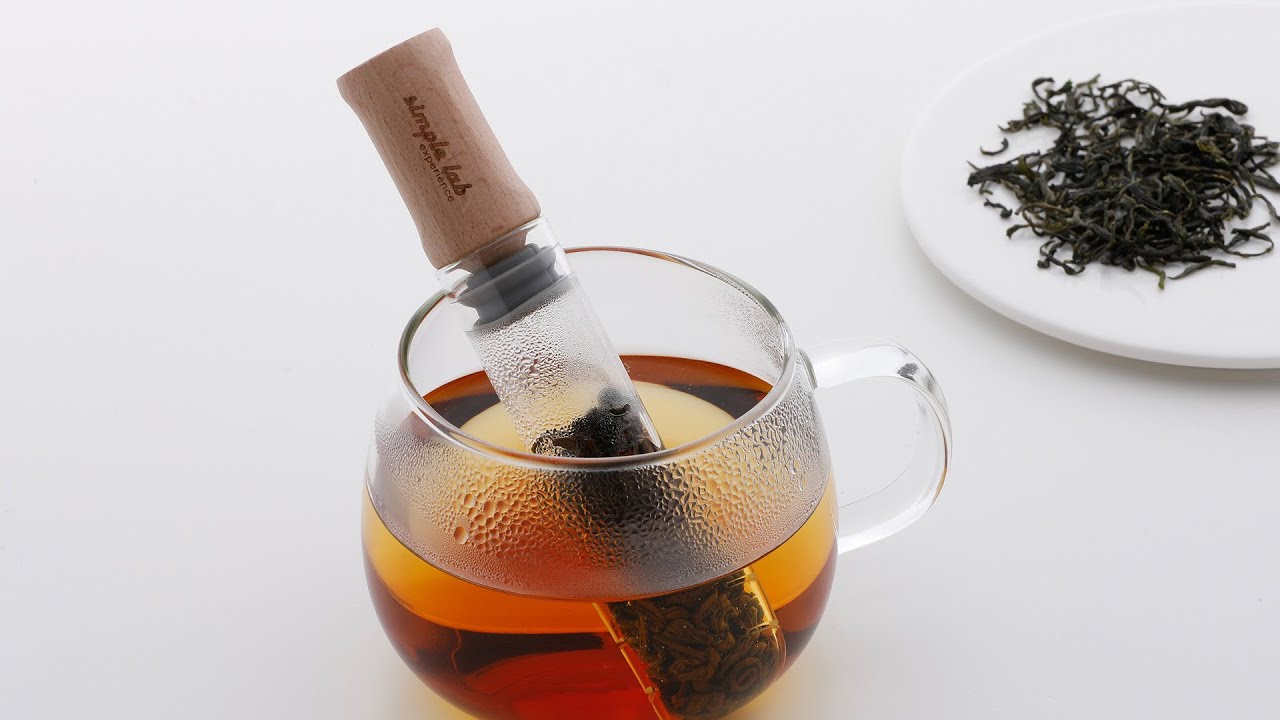
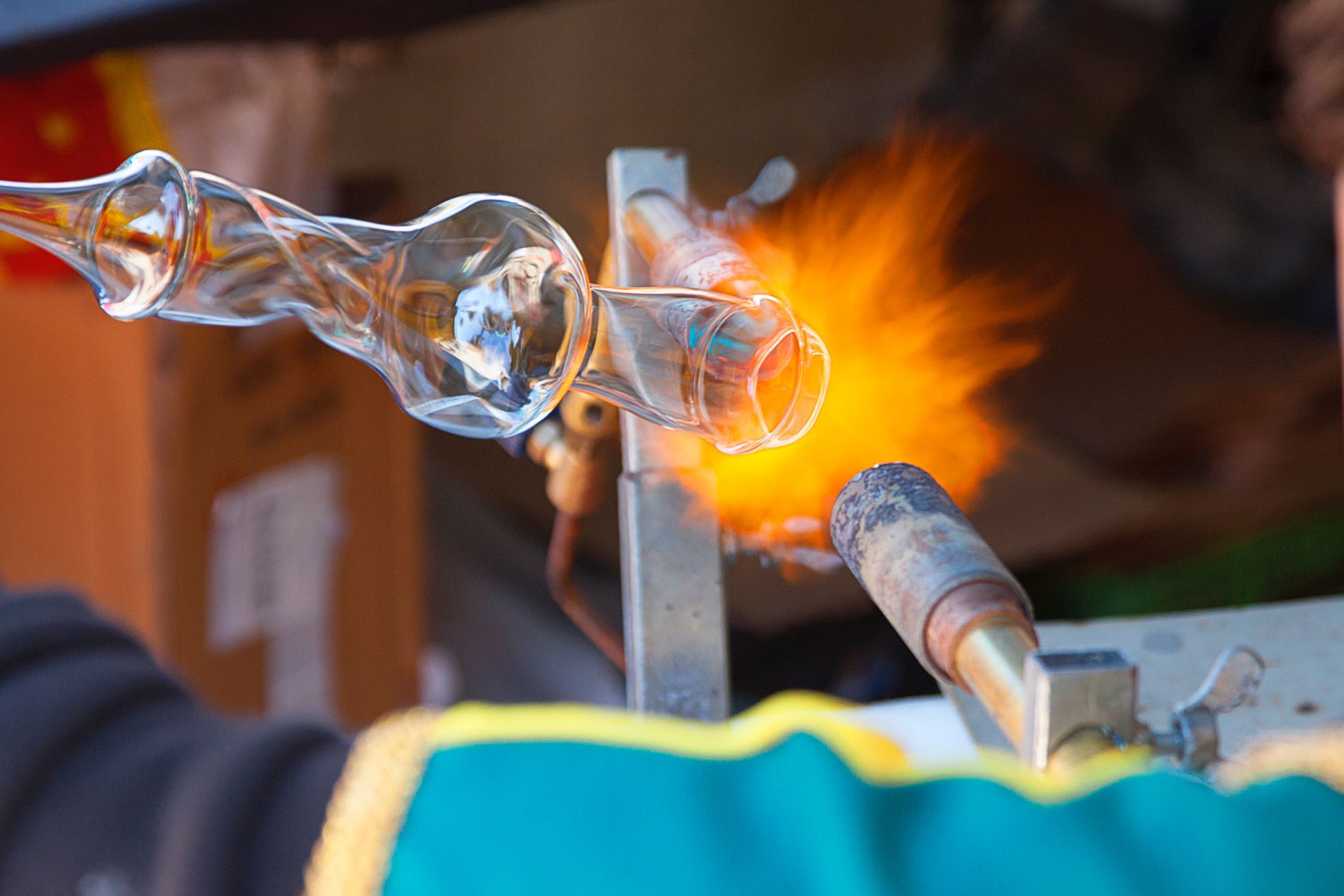

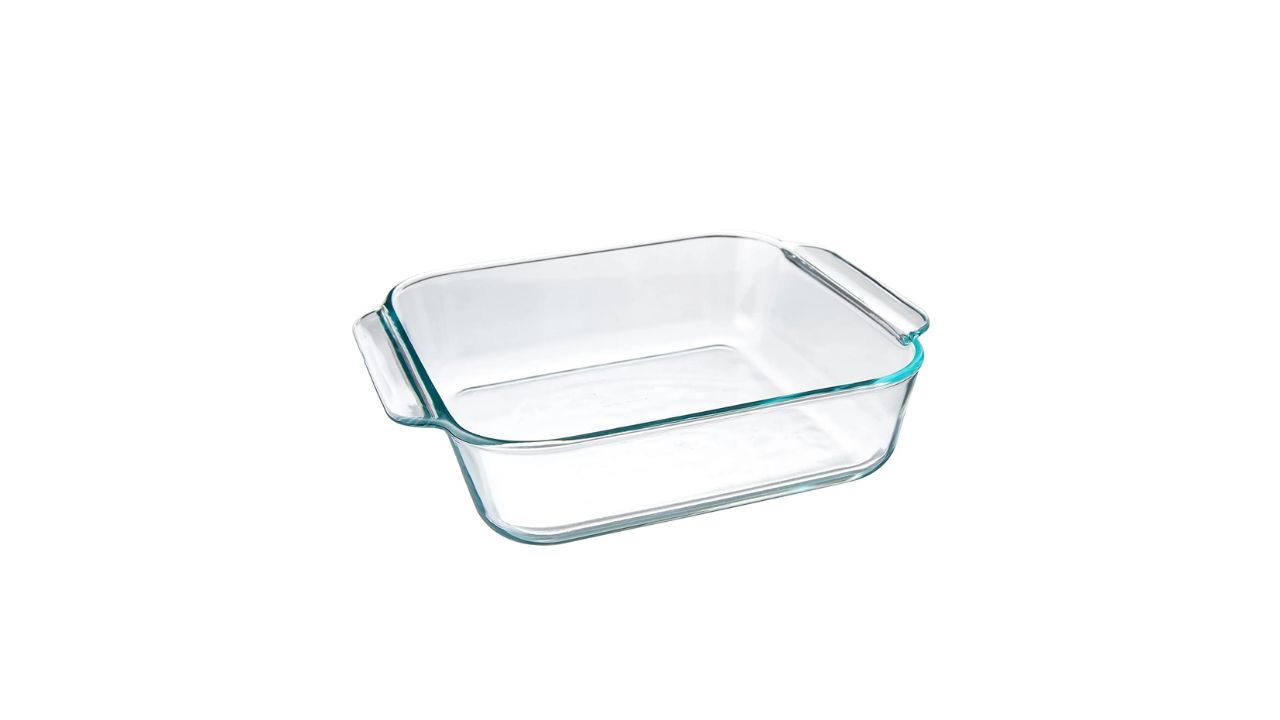

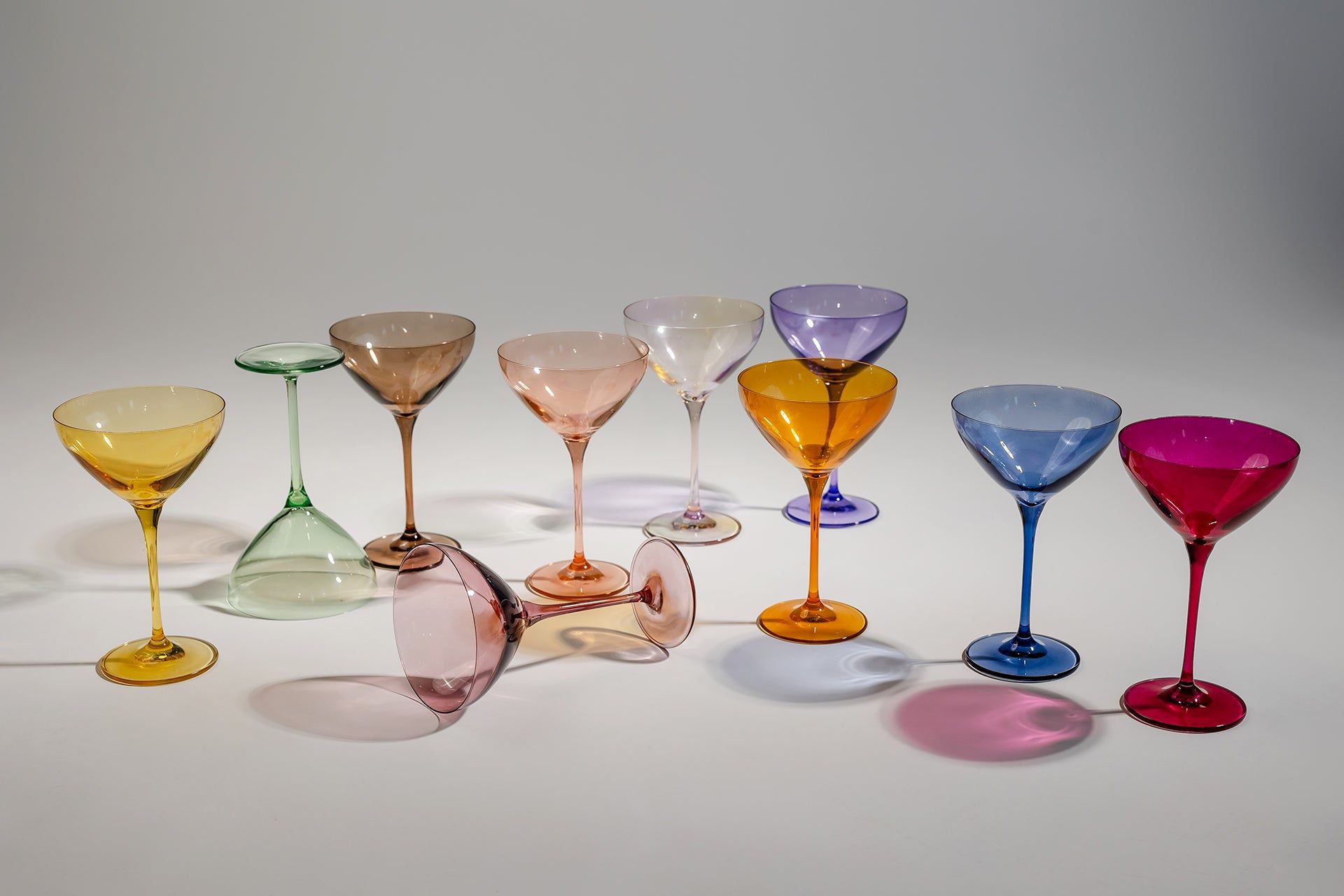
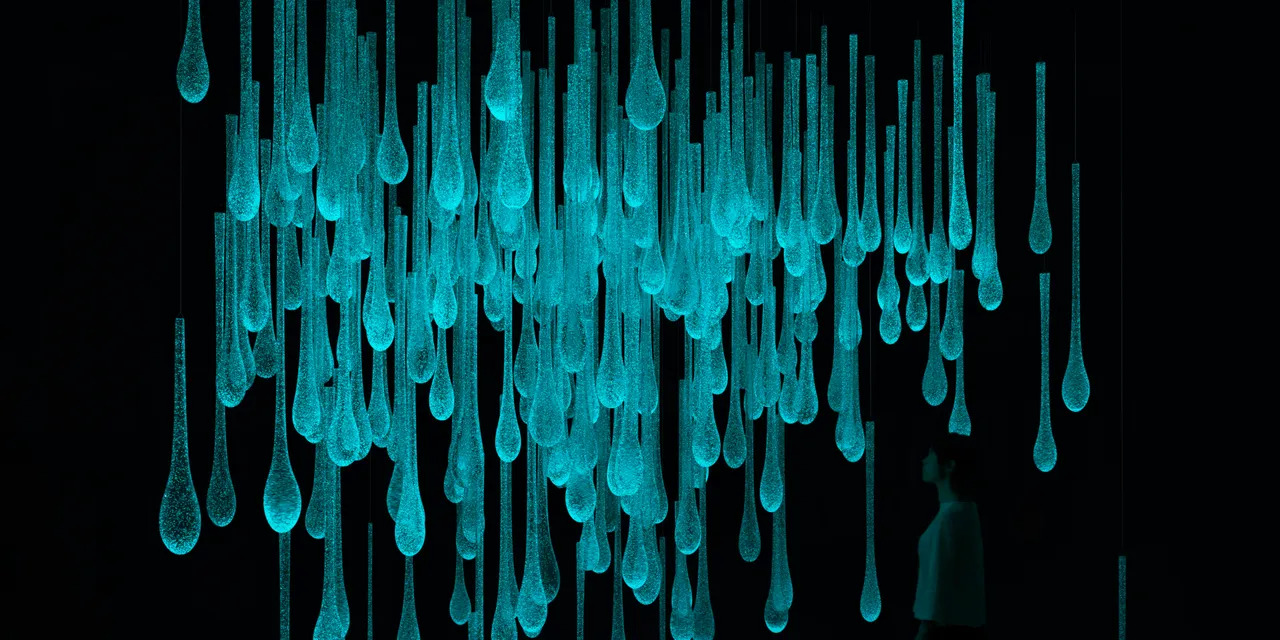
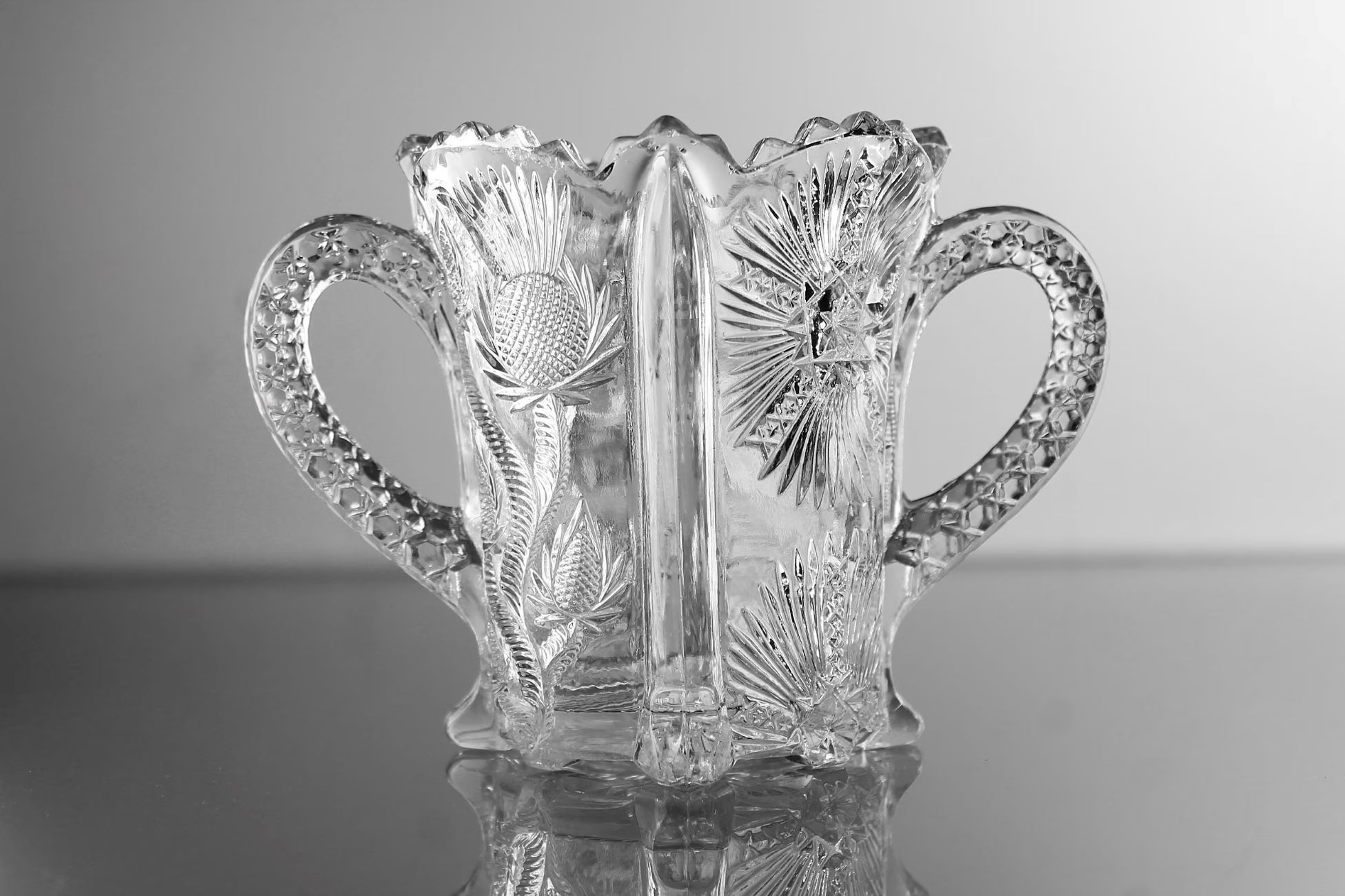

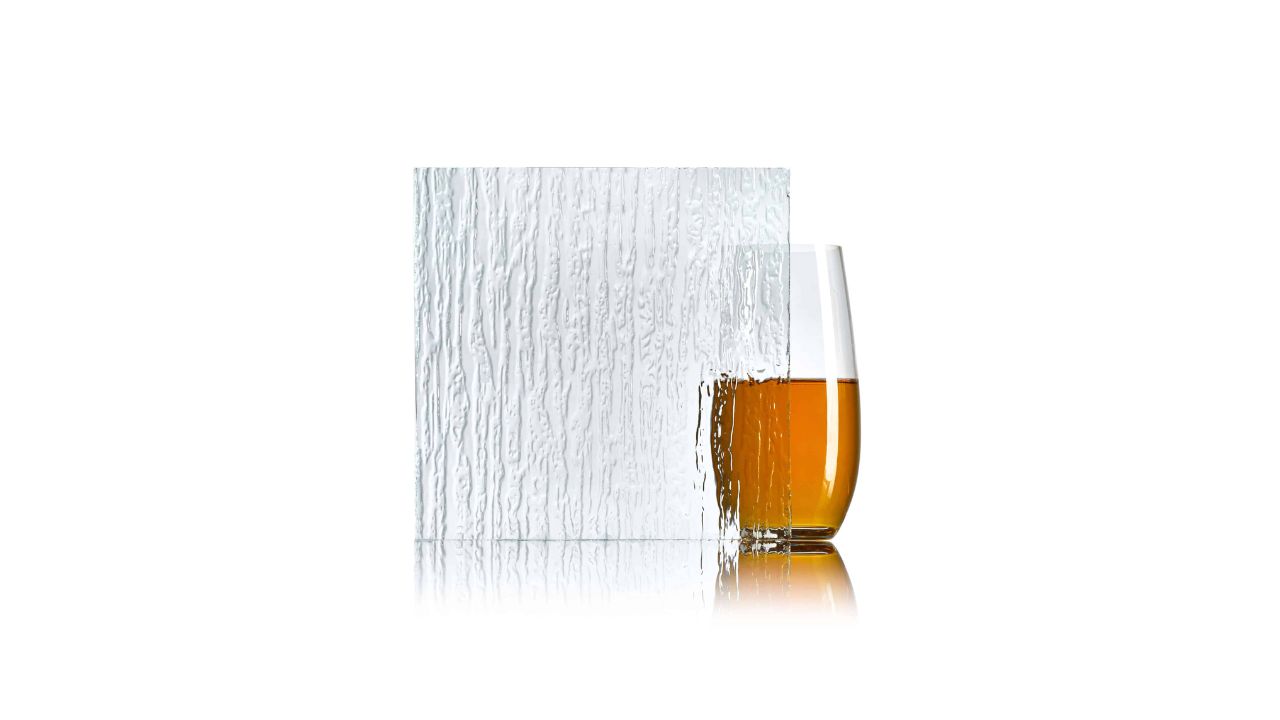
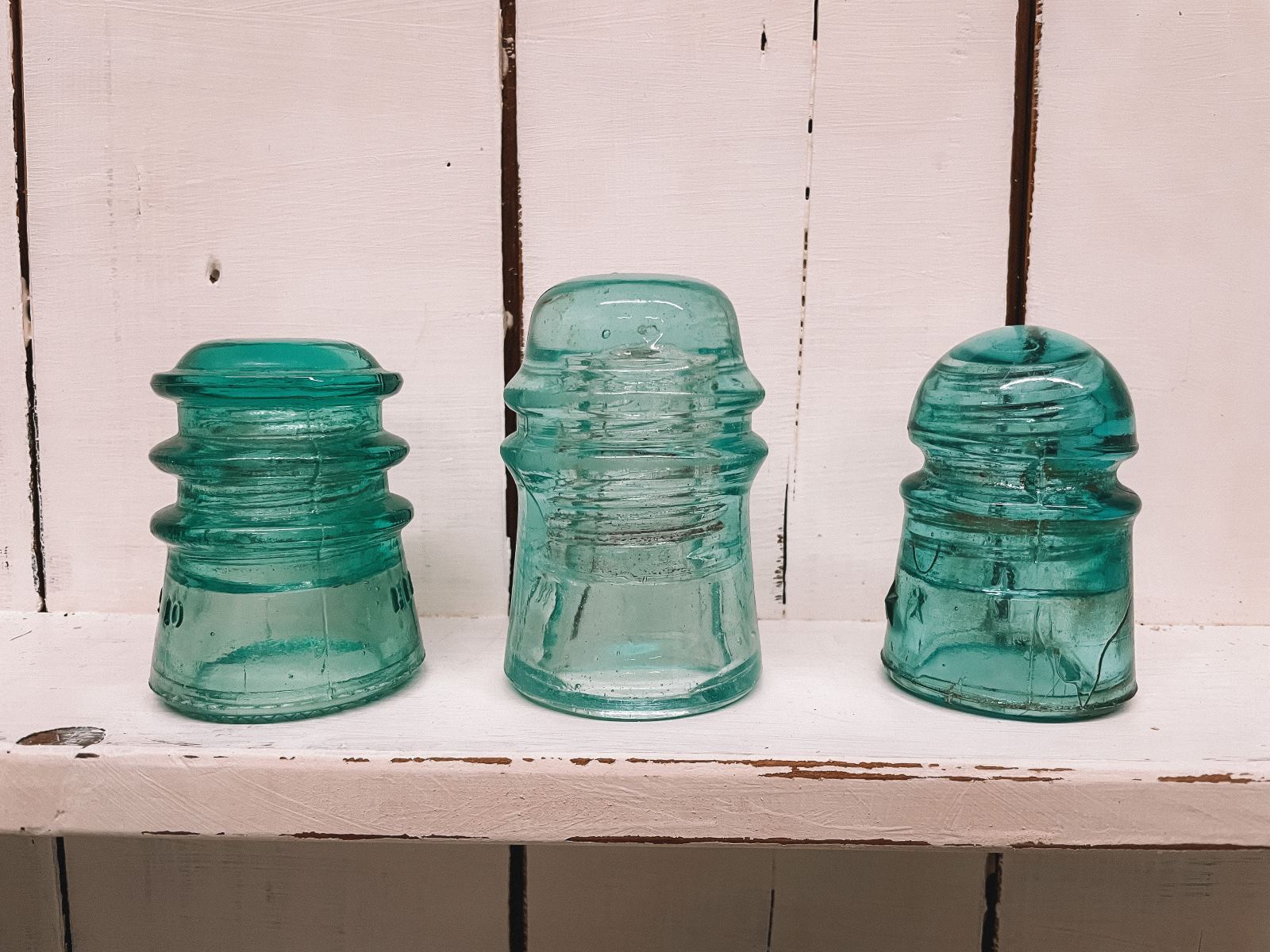
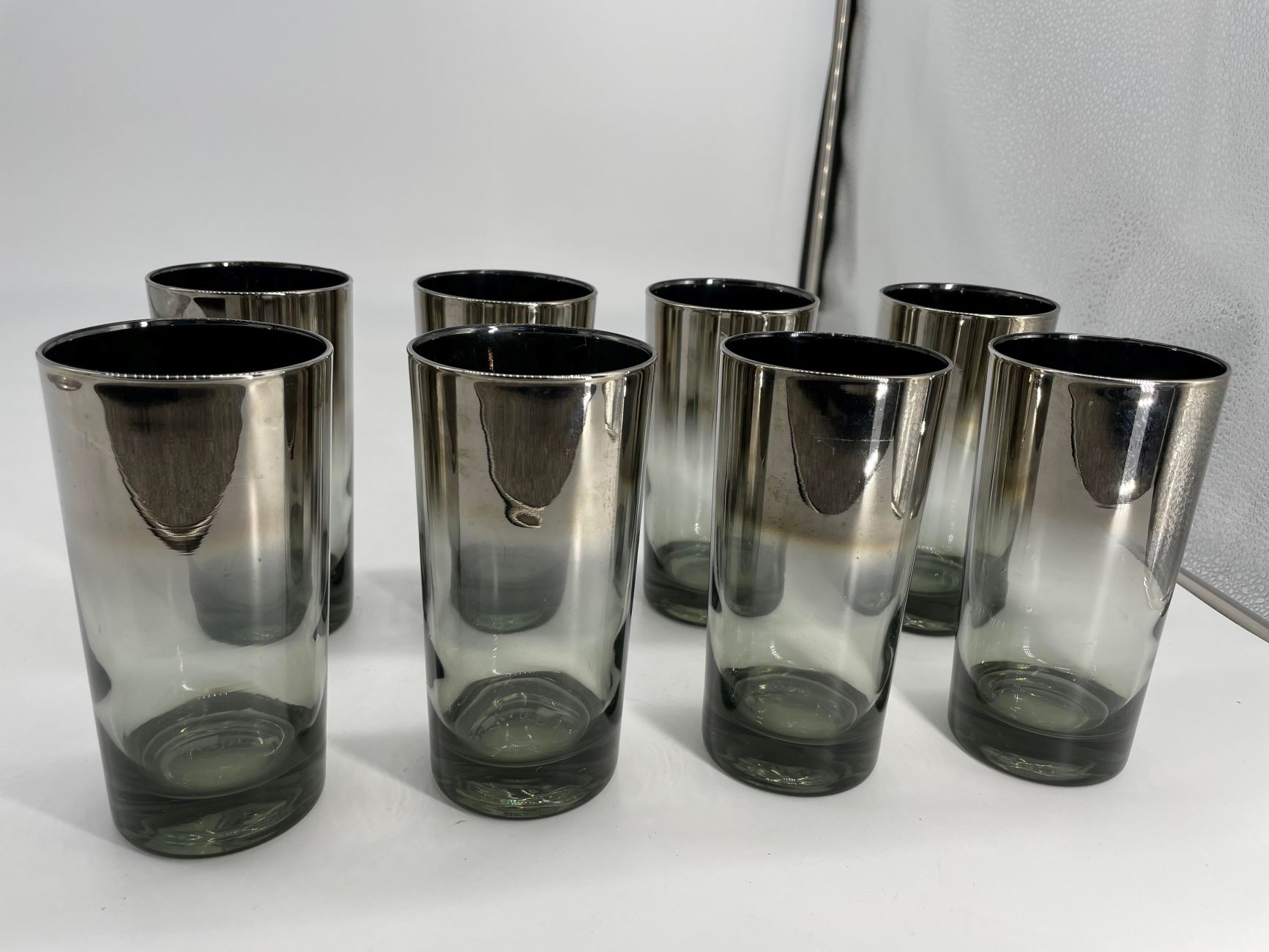

0 thoughts on “What Is A Lowball Glass”